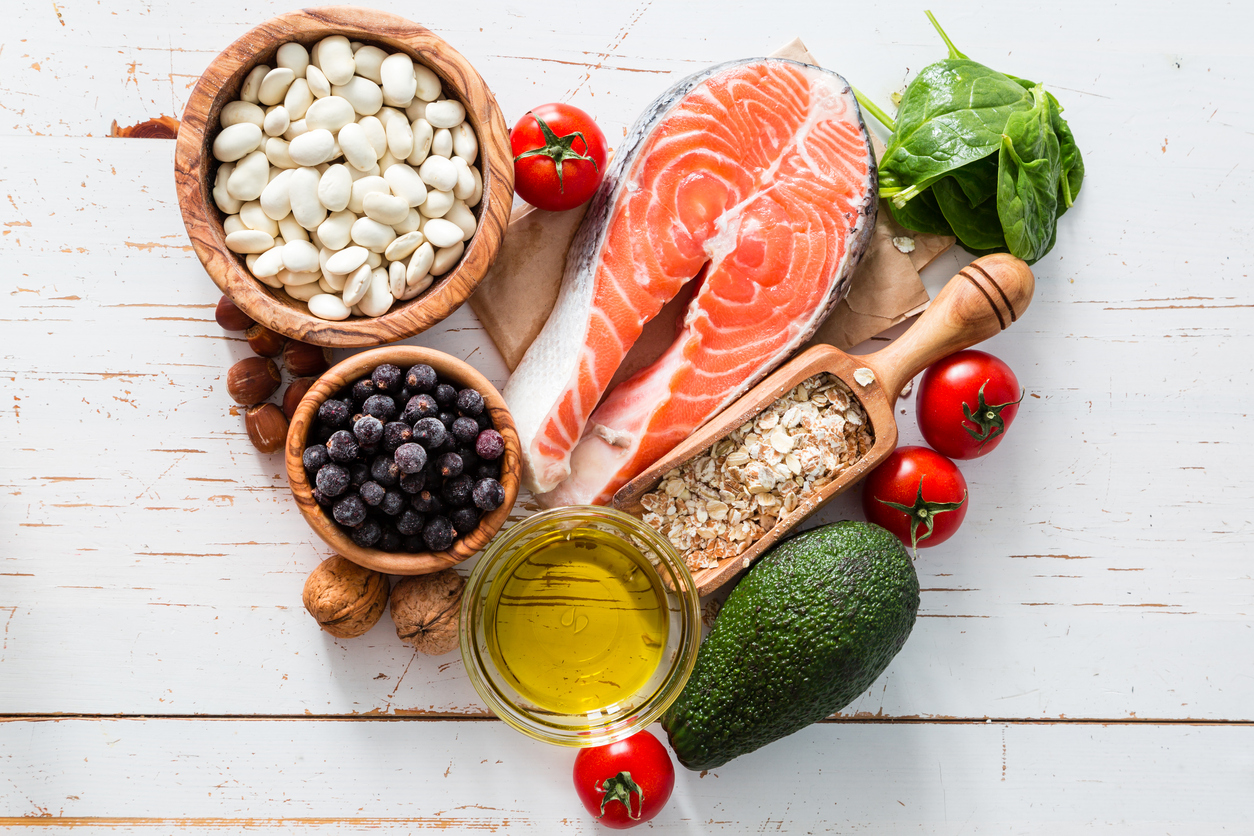
Ever wanted to be a superhero? Recently, the heroes in my life include doctors, nurses, paramedics… and anyone willing to attempt to make food for me. It takes courage, contemplating cooking for someone with food allergies! First you have to clean EVERYTHING, and then you have to find the ingredients… and then you have to find a recipe. Usually, the recipe is where most people give up, and go and look for the store-bought replacement. Today, I wanted to give you a little inspiration in order to conquer allergens in recipes where you’re working from scratch. It’s usually cheaper, and gives you more flexibility. Be careful to stick to the trusted brands, though, and always double check food ingredients!
Step 1) Simplicity: Spices, herbs, flavourings, nuts, glazes and frostings are optional. If you can’t eat it, leave it out!
Step 2) Is the ingredient adding moisture to the recipe? Just substitute something wet… Depending on what you’re avoiding, eggs, fruit or vegetable purée, or sour cream can all add sticky moisture. Pure liquids like milk can be replaced with water, broth, or any of the dairy-free milks out there.
Step 3) Think about the chemistry! Is the recipe using an acid and a base to rise? If so, consider substituting either the acid or the base. You might have to adjust the amount of liquid to compensate. Baking powder is a combination of an acid and base, plus starch, but if you’re avoiding sulphites you may need to cut it out due to the cream of tartar.
Bases:
- Baking Soda aka Sodium Bicarbonate
- Baker’s Ammonia aka Ammonium Carbonate (smells bad in moisture-rich recipes, NOT to be confused with poisonous household ammonia!!!)
- Pearl Ash aka Potassium Carbonate (very bitter, so use it only in spiced recipes like gingerbread)
- Potassium Bicarbonate (1:1 for baking soda)
Acids: The amount of pH will affect how much you’ll need to react with your base.
- Vinegar (White, Rice, Apple Cider, Wine, etc)
- Citrus Juice, or Citric Acid
- Buttermilk or Sour Milk
- Yogurt
- Molasses
- Golden Syrup (aka Treacle)
- Cream of Tartar
You could also add the leavening power of CO2 in other ways, too, including using yeast, carbonated water (or straight soda pop), whipped egg whites (if not allergic), whipped chickpea water (Take a can of chickpeas, remove chickpeas. Use like egg whites!), or chilled and whipped agar and water.
Step 4) What is making this recipe stick together? You might try using something else that’s sticky instead. Eggs can do this, but so can water + starch, pectin, gelatin, agar, ground flax, ground chia, puréed fruit or vegetables, rice, bread crumbs, or quick oats.
 Step 5) Is there flour in the recipe? I used to use this recipe for all purpose GF flour: 1 cup corn starch, 1 cup potato starch, 1 cup rice flour, ½ cup tapioca starch, ½ cup corn flour, 4 tsp xantham gum (less if you’re making breads). You can usually play around with a mix of flours and starches to mimic the gluten found in wheat flour:
Step 5) Is there flour in the recipe? I used to use this recipe for all purpose GF flour: 1 cup corn starch, 1 cup potato starch, 1 cup rice flour, ½ cup tapioca starch, ½ cup corn flour, 4 tsp xantham gum (less if you’re making breads). You can usually play around with a mix of flours and starches to mimic the gluten found in wheat flour:
- Rice (Very grainy texture. Use a blend of different types of rice, or soak it)
- Oat
- Quinoa
- Almond, or other ground nut flours
- Chickpea, or other bean flours
- Seed flours, like ground chia or millet
- Arrowroot
- Corn
- Potato
- Soy
- Coconut
- Tapioca (starch)
Step 6) Is this recipe using an emulsifier? These blend things that would not normally mix, like oil and vinegar. Eggs do this, but so will some ground seeds like flax or chia!
Step 7) Is the ingredient being used for texture, taste, or colour? You might try substituting something else that has that texture or taste. Seeds work as replacements for peanuts or tree nuts. Sesame or peanut oil can be replaced with vegetable oil instead. Vegetables and fruits with similar textures can be substituted for each other- for example, carrot cake with sweet potato is pretty awesome! Soybeans can also be replaced with chickpeas or other beans. Cheese can be mimicked by adding nutritional yeast, or extra salt, or even the stickiness of starch. Shellfish could be replaced with finfish like salmon (if not allergic to finfish, course), or you could change the whole recipe and make it with poultry. For natural colours, Egg, Tumeric, Paprika, Mustard, and Saffron will make yellows or oranges. Red Cabbage, Beets, Hibiscus, and Blueberries will either make blue or green, and Yellow Onion Skins will make things orange/red, or brown. Experiment by using your favourite tea as a way to help colour your recipes.
So… Get into your kitchen! Substitute EVERYTHING! Fight the food allergies and become a cooking SUPERHERO!
– Janice
Tags: Allergen Alternatives, Baking, Cooking, Food and Drink, Janice H., Kitchen, reading ingredients